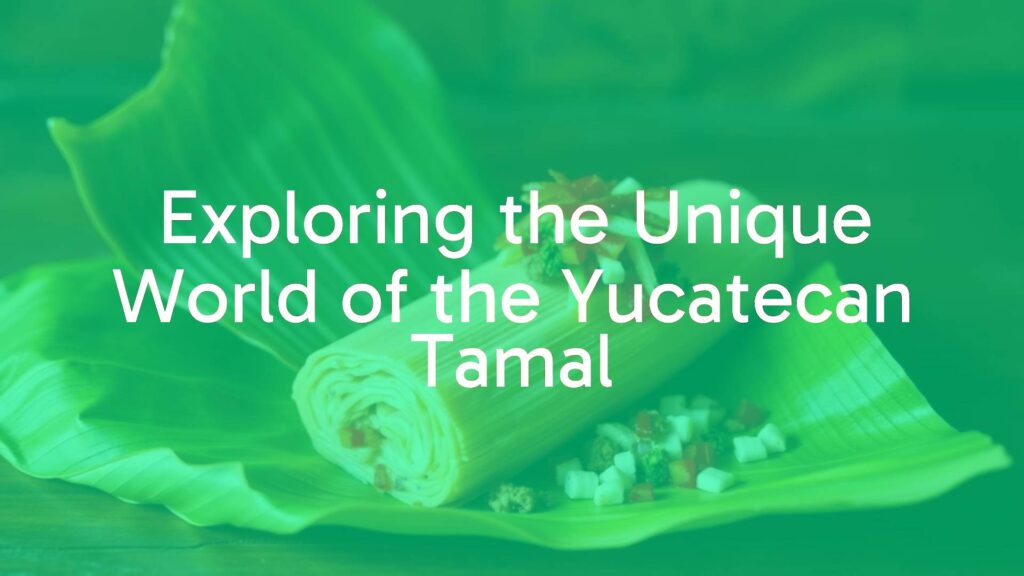The Distinctive Character of the Yucatecan Tamal
The Yucatecan tamal stands apart as a signature dish from Mexico’s Yucatán Peninsula, offering a distinct blend of flavors, ingredients, and preparation styles influenced by Mayan heritage and local traditions. Noted for its regional flair, this tamal typically features a softer, more spongy masa along with complex sauces and a diverse range of fillings.
Historical Origins and Regional Significance
Tamales have deep roots in pre-Hispanic Mesoamerica, and the Yucatecan version is a reflection of the Yucatán Peninsula’s unique cultural tapestry. Developed under the influence of ancient Mayan cuisine and later shaped by contact with Spanish colonial cooking and Caribbean trade, the Yucatecan tamal showcases local ingredients such as achiote (annatto seed), banana leaves, and native spices. These tamales often serve as a centerpiece during significant festivals, holidays, and family gatherings, highlighting their communal and celebratory role in Yucatán’s culture.
Key Ingredients and Defining Features
The heart of the Yucatecan tamal is its masa, which is typically made from corn dough mixed with lard or local alternatives, resulting in a lightly airy and moist consistency. Wrapped in banana leaves—rather than the more commonly used corn husks—the tamal acquires a distinct earthy aroma and gentle flavor. Fillings often include seasoned pork or chicken, bathed in rich sauces flavored with achiote, tomato, and spices such as epazote or oregano. Some varieties incorporate hard-boiled eggs, olives, or capers, adding additional texture and taste.
Varieties and Ingredient Adaptations
Among the most renowned types of Yucatecan tamales is the “tamal colado,” distinguished by its exceptionally smooth masa that is strained for a silkier finish. Another celebrated version is the “tamal vaporcito,” which is smaller and steamed, typically stuffed with shredded, achiote-marinated meats. Vegetable-based versions, or adaptations using turkey, reflect personal and regional preferences. Although banana leaves are traditional, corn husks might be substituted when the former are unavailable, and masa can occasionally be enriched with local seasonings or colored with annatto.
Serving Suggestions and Pairings
Yucatecan tamales are best enjoyed fresh and hot, often accompanied by pickled red onions, spicy habanero salsas, and a squeeze of fresh lime. They make a hearty meal on their own but also pair nicely with sides like black bean puree or a simple salad. For beverages, traditional options include atole, café de olla, or refreshing drinks such as aguas frescas made from regional fruits.
Conclusion
Yucatecan tamales encapsulate the rich gastronomic legacy of the Yucatán Peninsula. Through their distinct flavors, careful preparation, and deep ties to cultural rituals, they continue to be a cherished emblem of regional identity and communal dining in southeastern Mexico.

